Read on to learn more about some of the fun and unexpected pool options and amenities that can help make the most of your pool. While some of these projects, such as a natural pool, need to be done during initial construction, others, including updating the pool deck or installing a fire feature, can be added to an existing pool.




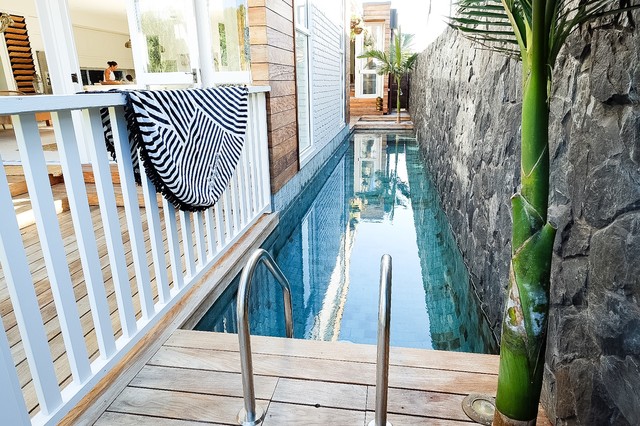

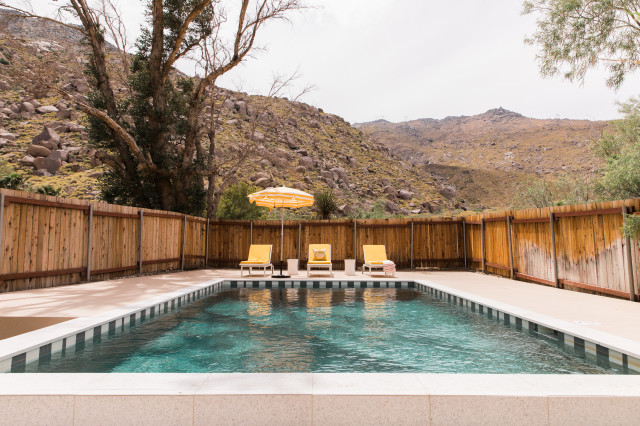
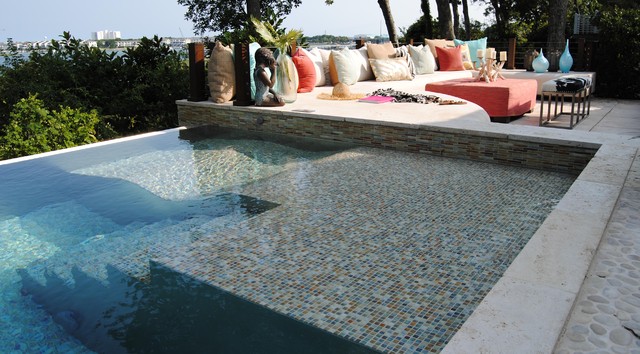

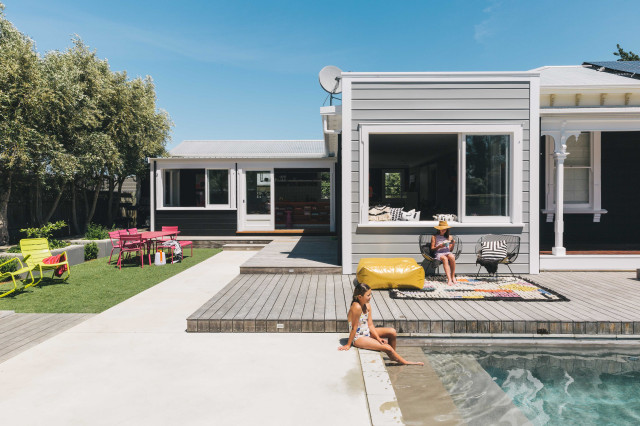
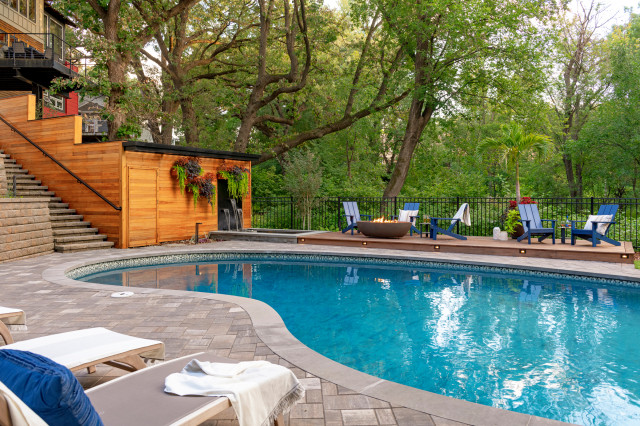
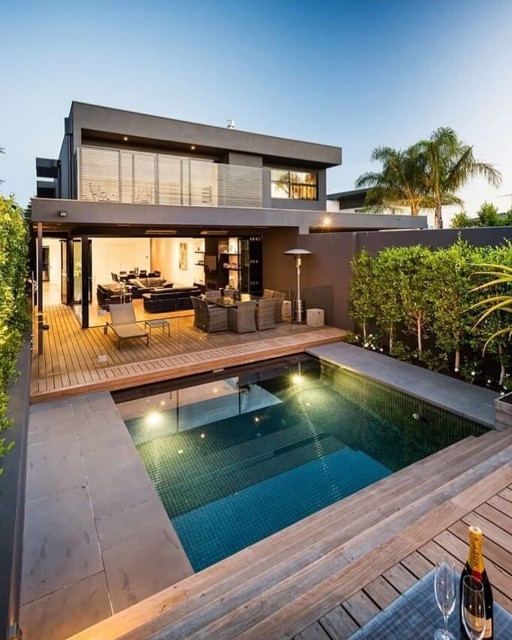


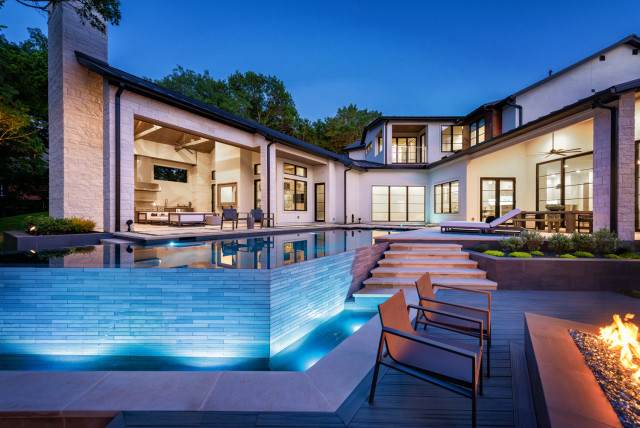
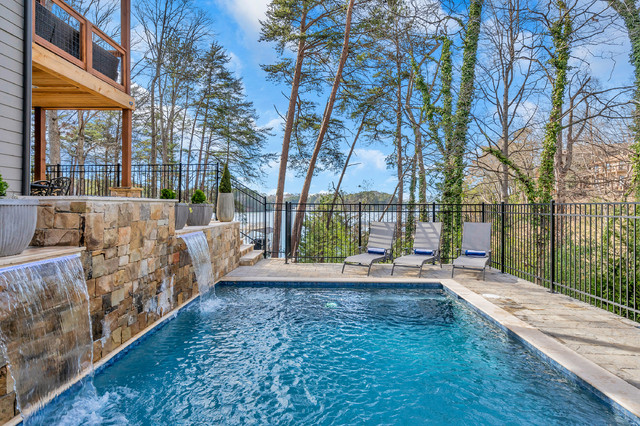


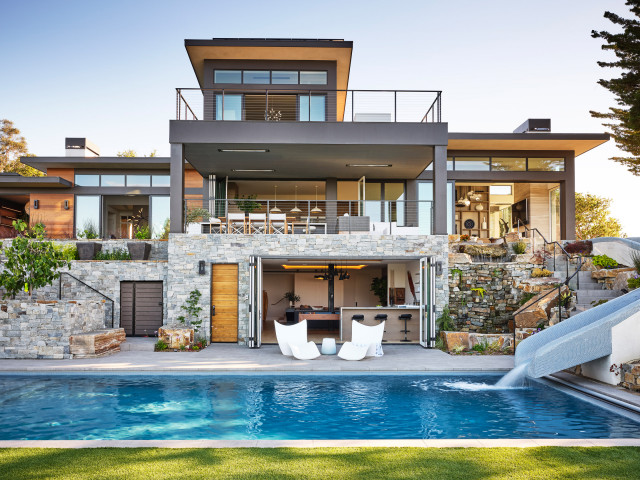
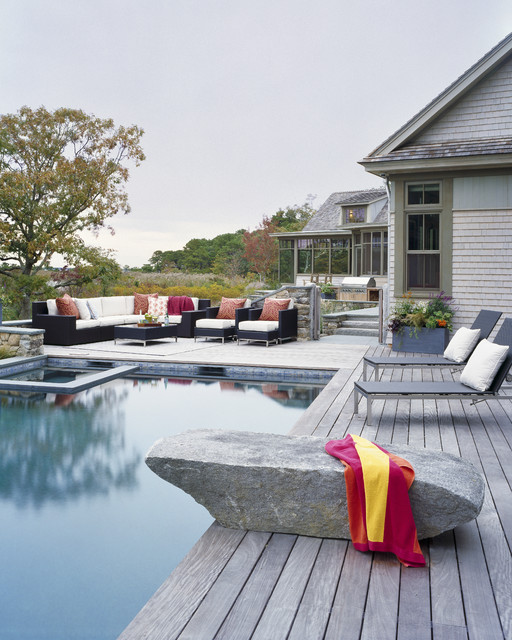

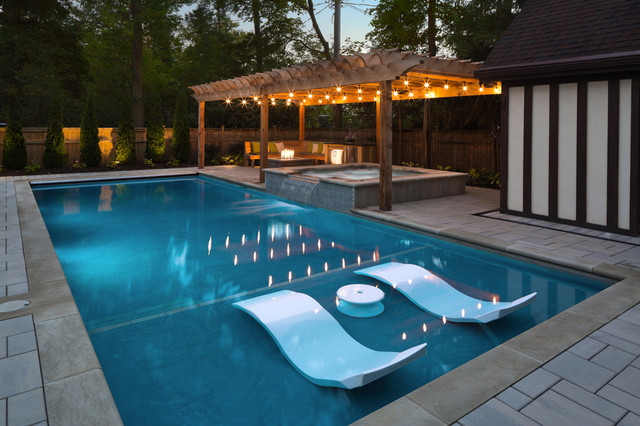
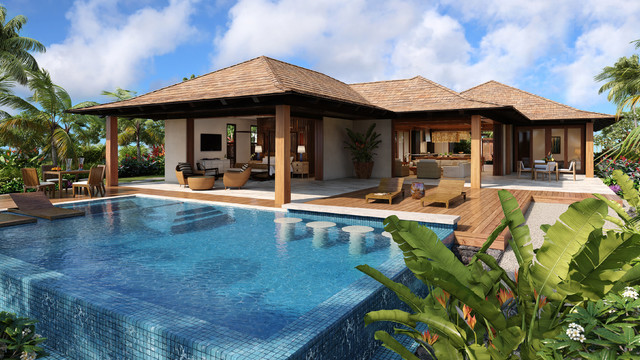
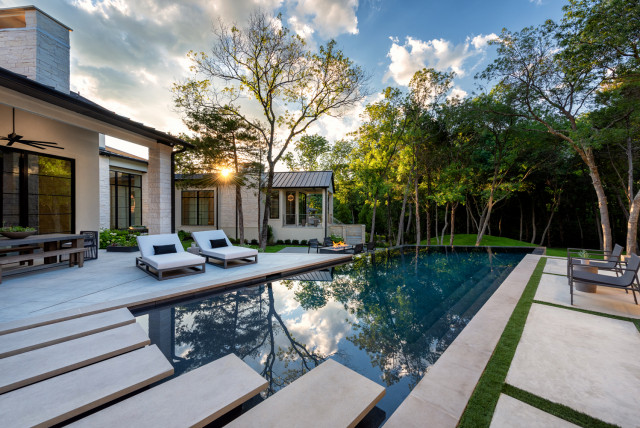
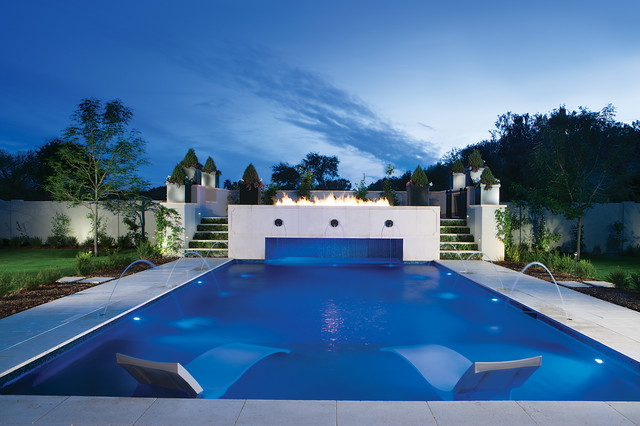
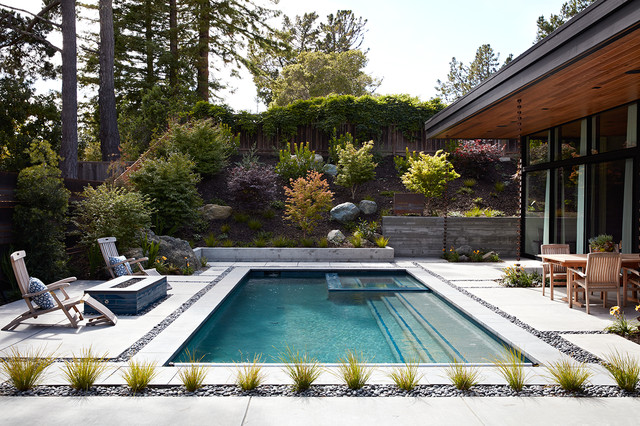
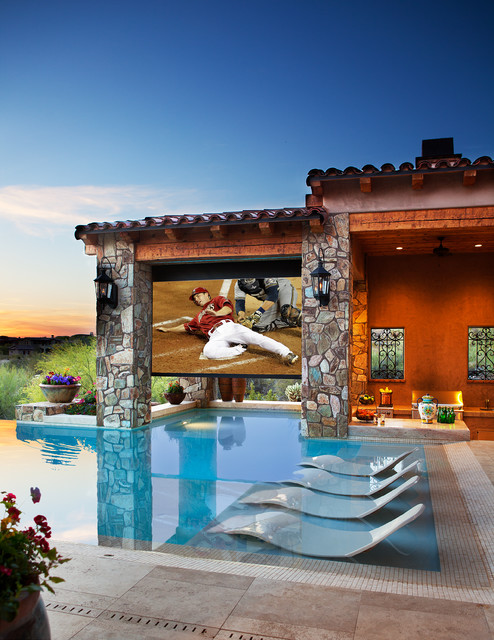







In addition to the standard backyard pool, many options exist for creating a pool with a twist. You can add a pool that cuts down on chemical use, or choose a smaller design that won’t take over the entire outdoor space.
1. Saltwater. Saltwater pools, like this one in Fauquier County, Virginia, are considered a more people-friendly choice than traditional chlorine pools: Saltwater is softer on your skin and eyes, as you don’t get the irritation from pool chemicals. Instead, a salt cell, also called a salt generator, converts sodium chloride into chlorine. An added advantage is that you don’t need to buy and store chlorine.
Saltwater pools also require less maintenance than traditional pools.The salt is added directly to the pool. You can test the water periodically, usually every few months and at least once or twice a year. You’ll also want to inspect the salt cell every three months to ensure that it’s working properly.